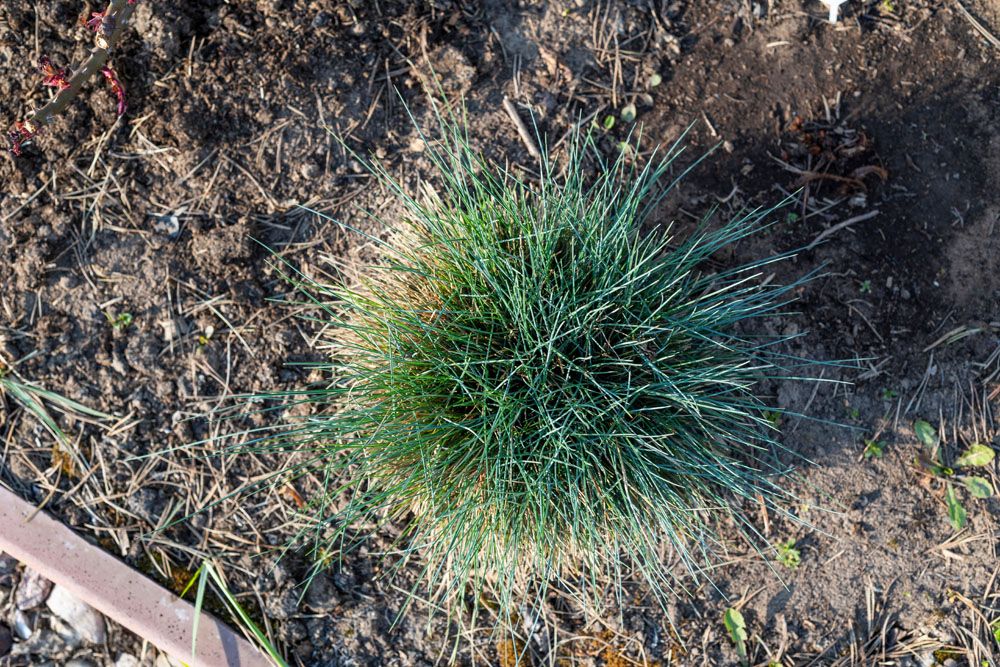
Festuca spp. – Fine Fescues
Festuca spp. – Fine Fescues: A Complete Review
Various Festuca species and subspecies make up the fine fescues. They are all fine-textured when compared to most other commonly planted turfgrasses. Fine fescues have been used in grass mixtures for a long time and are commonly considered as the standard for shade tolerance in cold-season grasses. Fine fescues have recently acquired appeal as low-input, environmentally sustainable grasses. Fine fescue is found in most commercial lawn mixtures.
Fine fescue is a catch-all word for a variety of turfgrasses, including chewing fescue, creeping red fescue, hard fescue, sheep fescue, and others. These turf plants are all winter-hardy and combine nicely with other cool-season grass seeds. Fine fescues have recently acquired appeal because to their minimal input requirements, shade tolerance, and long-term viability. All fine fescues remain green all year. They are distinguished by their thin, folded blades that are generally veinless. The leaves are dull on the inside and have keeled tips.
Because the word “fine fescue” can refer to a variety of turfgrasses, its distribution might vary. The growth habit is rhizomatous, which means it grows in clusters. Because this grass is shade-tolerant and cannot get excessive sunshine, it develops slower than other grass varieties, which means it recovers more slowly after being damaged or stressed.
Maintenance
When it comes to the care they require to survive, fine fescues are very low maintenance. This cool-season grass may be cut as low as 1.5 inches, but it’s best to keep it taller, often 3 to 4 inches. Bigler goes on to say that if the area is shaded, the mowing height should be on the higher end of the range. When it comes to watering, fine fescue favors drier soils, yet it will fall dormant if not watered on a regular basis. Red thread, brown patch, and dollar spot are among of the most common diseases that affect fine fescue.
